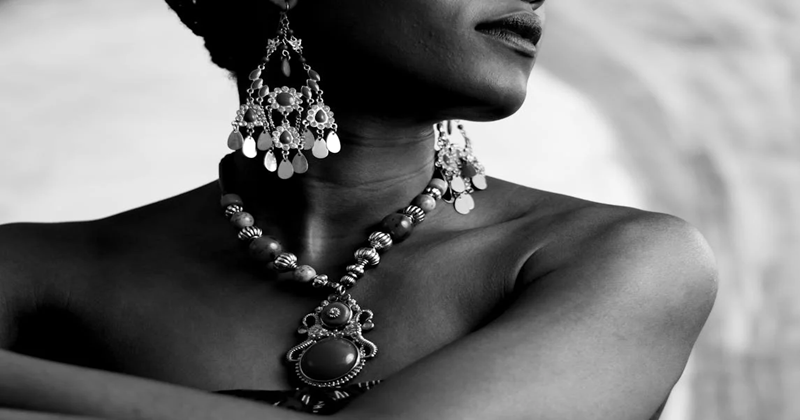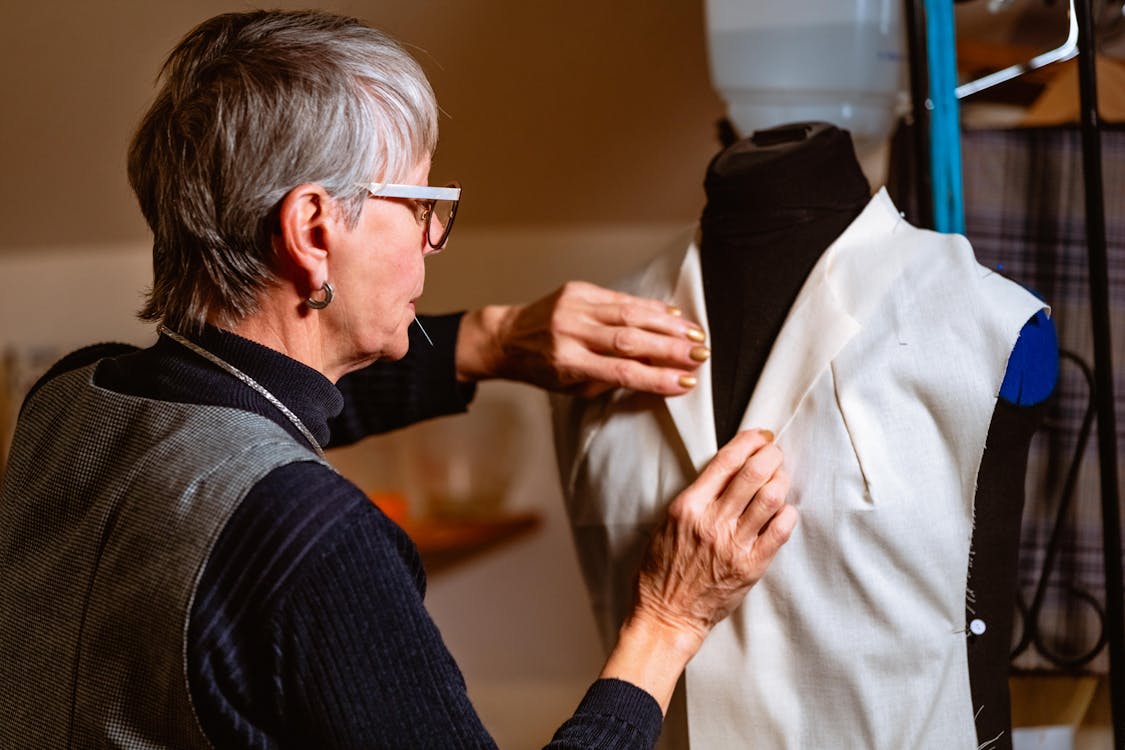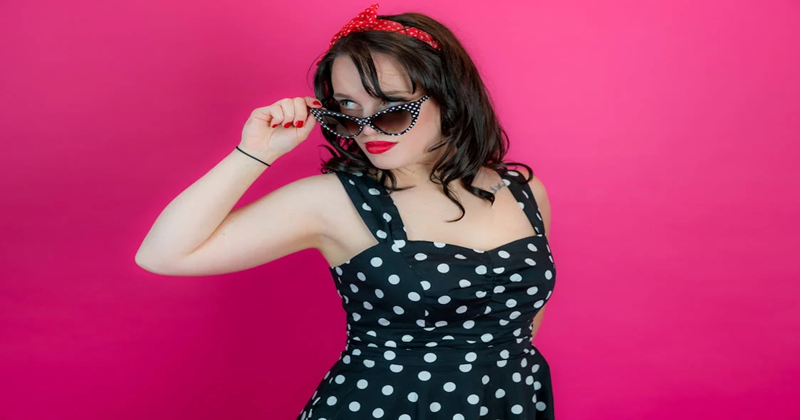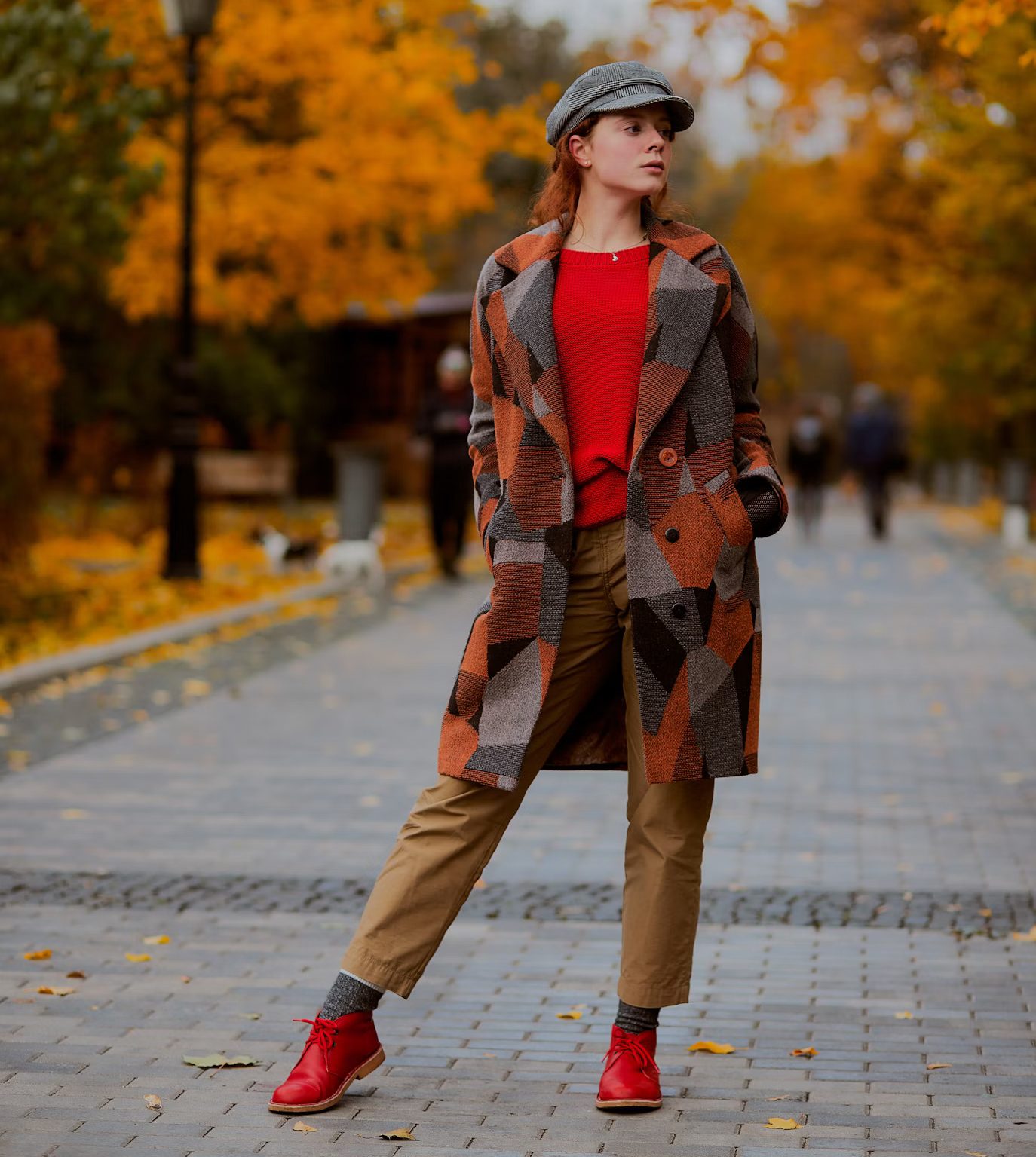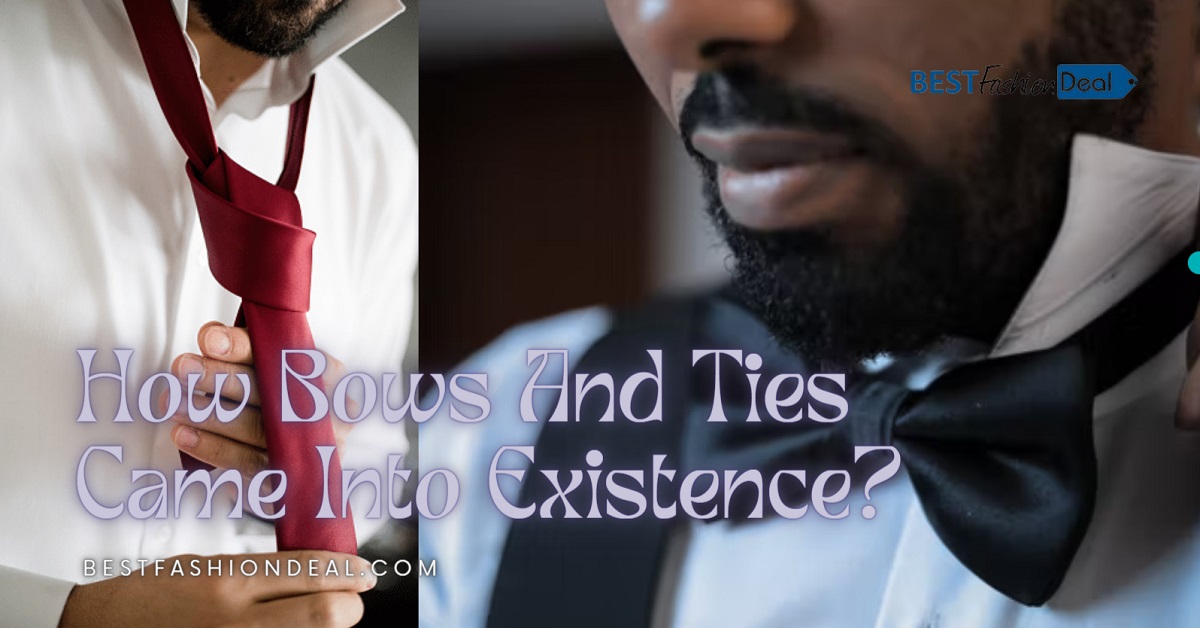
Bows and ties are classic accessories that can add a touch of elegance and sophistication to any outfit. Whether you wear them for a formal occasion, a corporate meeting, or a casual day out, you can never go wrong with these timeless pieces. But have you ever wondered how bows and ties came to be? How did they evolve from simple pieces of cloth to fashionable statements? In this article, we will explore the fascinating origins of bows and ties and how they became the essential clothing items we know and love today.
The Fascinating Origins of Bows and Ties
The Birth of the Bow Tie
The bow tie has a long and rich history that dates back to the 17th century in Croatia. During the Prussian wars, Croatian mercenaries used scarves to tie the collars of their shirts and keep them in place. This practical and stylish way of wearing scarves caught the attention of the French upper class, who adopted it as a fashion trend and called it ‘cravat’. France was a leader in fashion at that time, so the cravat spread across Europe and beyond in the 18th and 19th centuries.
The Evolution of the Bow Tie
By the end of the 19th century, the bow tie had become a vital part of formal wear. It was especially popular among men in academia and the medical field, who wore it as a symbol of professionalism and intelligence. After World War II, the bow tie maintained its status in formal wear but also became more versatile and fun. In recent years, bow ties have been used for corporate-branded clothing, as well as for weddings, parties, and everyday wear. They come in various colors, patterns, shapes, and materials and can suit any personality and occasion.
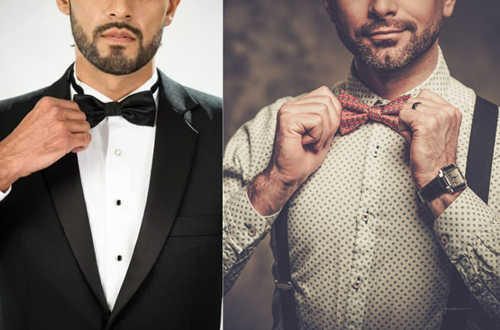
The Origin of the Necktie
The necktie also has its roots in the 17th century, when King Louis XIII of France hired Croatian mercenaries who wore pieces of cloth around their necks as part of their uniform. These neckties served a dual purpose: they tied the tops of their jackets and also added some flair to their outfits. The king liked this look so much that he made neckties mandatory at all royal gatherings. He even named them ‘la cravate’ in honor of the Croatian soldiers.
The Transformation of the Necktie
In the first decade of the 20th century, neckties became more standardized and refined. The four-in-hand knot was the most common way of tying a necktie. In the second decade of the 20th century, neckties became more comfortable and functional as people preferred softer fabrics and looser knots. The 1920s saw the invention of new knots, such as the Windsor and the half-Windsor, while the 1930s saw wider neckties that matched the broad lapels of the suits. The 1950s introduced the skinny tie, which was a contrast to the conservative and formal style of the previous decade. As time went on, neckties became thinner and edgier and are now available in various cuts, widths, patterns, and fabrics.
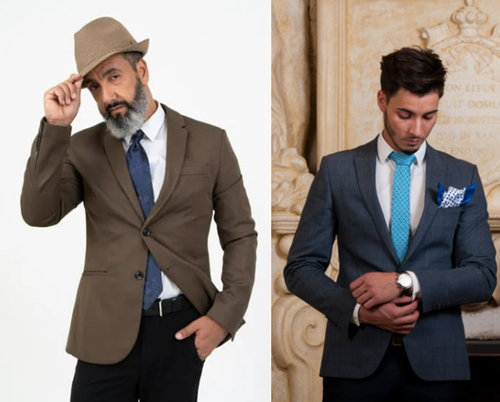
Today, neckties are still a staple of formal wear, but they can also express one’s individuality and creativity. They can complement a formal suit or add some color and contrast to a casual outfit. They can also create a lasting impression, whether it is for a job interview, a presentation, or a date.
The Legacy of Bows and Ties
Today, many people wear bows and ties in their everyday lives, either for work, leisure, or special occasions. They can also be inspired by popular culture, such as the bow tie of young Sheldon (a fictional TV series) that made many young students wear a bow tie as a sign of intelligence and elegance.

Image from Young Sheldon TBS | TBS.com
Many clothing manufacturers, especially those who make hospital uniforms, ensure that these minor but important pieces of the ensemble are made with the best quality materials and the most interesting patterns. They understand that bows and ties are not just accessories but expressions of one’s personality and style.
So there you have it—the fascinating origins of bows and ties and how they became the essential clothing items we cannot do without today. We hope you enjoyed this article and learned something new. Next time you wear a bow or a tie, remember the history behind it and appreciate its beauty and significance.

